Conversations around inclusivity have acquired paramount importance today. It is imperative for people of all races, regions, genders, and disciplines to occupy space and be visible. But, does visibility alone guarantee an understanding of a person’s craft, heritage, and experiences? What message does furniture crafted using age-old traditional woodworking techniques convey when presented in a gallery sans context, sans a story? Do abstract textile creations, hung and spread across an indoor expanse as a large-scale installation, not sometimes take away focus from the memories and ideas that inspired them? In the fast-paced era of the 21st century, where attention spans are short and stray away from the most interesting innovations within seconds, it is almost audacious to expect visitors to experience immersive design installations and engage with them. Keeping with the times, new features and functions of technology, and an acknowledgment of the fact that people—no matter how informed or experienced—need to be initiated into concepts and techniques, in order to potently absorb artistic and experimental creations, The Mindcraft Project annually unveils narratives of 10 shortlisted Danish designers.
The Mindcraft Project, a platform dedicated to the presentation of some of the best Danish designers and studios in their Milan space, underwent a shift in 2020, over a decade since its inception. With a renewed focus on digital expositions—where novel and experimental creations by Danish designers merit a space—the virtual space builds narratives around objects designed by shortlisted creatives and their respective processes.“Our digital format presents Danish designers and studios to a global audience and gives people around the world an opportunity to experience the new generation of Danish designers. We strive to give insight into the designers’ creative process and the stories behind the objects with videos, images, and in-depth descriptions. So, on top of showing the appealing design and art pieces, we invite the audience into the minds of the makers,” share Anders Kongskov and Kristian Kastoft, co-directors of Copenhagen Design Agency (CDA), which leads the practice.
Apart from introducing an annual shortlist of designers and artists, the platform also features a directory of Danish makers and designers called The Mindcraft Directory, where creatives shortlisted over the years are enlisted. “The Danish design scene is very strong and vibrant, and it also has a strong heritage. Having worked with communicating design for two decades, we saw the need for a digital overview of the many contemporary design talents that have emerged in Denmark in recent years. With this new initiative – The Mindcraft Directory – we are now creating this much-needed overview of both young and established Danish designers,” share Kongskov and Kastoft.
The 2022 shortlist by The Mindcraft Project includes an array of experimental explorations—across materials, processes, styles, and forms. STIR spotlights the 10 creatives from Denmark enlisted under The Mindcraft Project 2022.
Anne Brandhøj
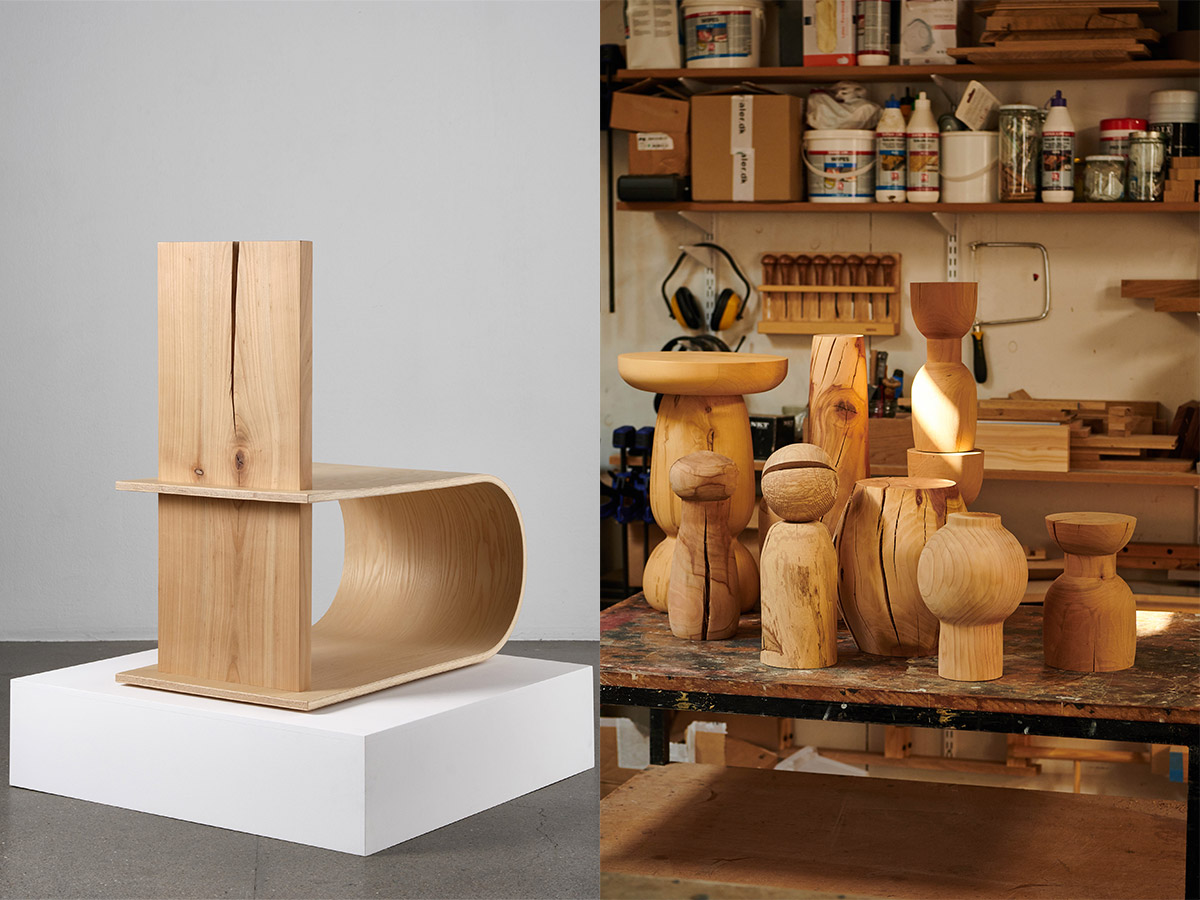
Danish designer Anne Brandhøj’s Bend to Caress Me sits at the crossroads of art and design, sculpture and furniture, organic design and minimalism. The two elements that make up the chair design are a combination of two simple shapes and kinds of wood. While the curved seat is built using laminated ash veneer, the backrest is a rectilinear-shaped raw Danish cherry wood plank. Although the final outcome of Brandhøj’s experimentation is fairly simple seating furniture, it draws attention to the difference between finished wood and raw, unprocessed wood. The former comes with its own unique identity, with exposed knots and cracks dotting its surface. The processed counterpart of the chair, sitting in contrast to its untreated version, highlights the long and layered process that turns raw wood into its smooth and refined form.
Bend to Caress Me, part of a larger project—Touch and Relate—by Brandhøj, who also heads Bly Studio with Eva Fly, presents a confluence of sculptural art and furniture design. It is a usable object, yet, it invites users to interact with it and ponder over how original and beautiful wood is often discarded over refined and chiselled wood. Her sculptural practice heavily focuses on exploring and presenting materiality, a feature apparent in her latest chair design, too. Her industry-focused practice Bly Studio, on the other hand, attempts to promote a circular economy and challenging the rules of the furniture industry. Brandhøj says, “Can a sculpture be as functional as a piece of furniture? And can a piece of furniture be as much a sculpture as a sculpture? These questions are a big part of my practice because I am shifting from making a sculpture to making furniture and putting those two up against each other.”
Carl Emil Jacobsen
Carl Emil Jacobsen, an artist and designer, began Ply Powder with the gathering of natural entities such as stones, sand, dirt, and building materials available outside his studio, located on the east coast of the Danish mainland. He then ground it down to a dusty powder, ready to be used as a pigment. Part of a larger project that includes sourcing natural colour pigments from his local surroundings, Ply Powder is a steel sculpture superimposed with fibre-reinforced concrete and coated with several layers of naturally made colour pigment. This gives the sculptures a matte finish, which, combined with the form of the sculptures, evokes the remembrance of archaic organic objects that were built to store, insulate, and shelter. “The form of the sculptures is intended to enrich the experience of colour and support the perception. You have to use your whole body to understand the form and colour of the pieces, almost making the perception of colour and form into a bodily experience,” Jacobsen says.
The colour and texture of Ply Powder, handcrafted by Jacobsen, is the result of the artist’s commitment to basing his practice within the context of his physical location and comprehensive research into local materials. Their geometrical forms, on the other hand, are outcomes of the intuitive process of creation that he utilises within his workshop. Born out of an immersive and emotional process, Jacobsen’s creations manage to establish an emotional bond with the viewer.
Frederik Gustav
Copenhagen-based designer duo Frederik Weber and Gustav Dupont of Frederik Gustav, whose work is a mix of art, architecture, and design, created Paperwork for The Mindcraft Project 2022. Paperwork—a series of light installations made out of thread, steel, and paper—is a system that blurs the distinctions between architecture, light, and object. A number of dangling threads are grounded by tiny steel weights around an artificial light source. The steel weights hold the suspended threads at their base, thus creating a tension that provides enough stability and strength to support the paper sheets. The mechanism gently holds the paper without perforating or damaging it, while also enabling a soft diffusion of the interior light source. It offers the flexibility to change the size and content of the work in response to changing spatial circumstances.
The studio uses craftsmanship as an expression of narrative, shedding light on tales centred on and around the context of a place, cultural trends, and aesthetics. Each project's process aids the beginning of the following one, forming a strong structural and visual language throughout their body of work. Frederik Weber and Gustav Dupont run their practice out of their workshop on the island of Amager.
Iben Høj
Textile designer Iben Høj experiments and pushes the boundaries of knitting techniques from her studio in Kerteminde, on the Danish island of Fyn. Her body of work, which began with wearable fabrics, has expanded in scope and ambition, with creations of varying scales that explore the interaction between textiles and people, space, and light. Sh(r)ine is a continuation of Høj’s investigation into modern representations of the age-old skill of knitting. Each piece is like a universe in and of itself, combining monofilament-wrapped natural fibres to create shapes that are suggestive of exploding stars or sea life.
Drawing straight into the material, Høj let the creative process—a rhythmic dance between the human hand and the machine—determine the ultimate shape. She used a drop stitch inlay technique to guide and shape each container, providing subtle folds and inlets that allude to the function of each piece. Her meticulous and intentional technique is intended to contribute another chapter to the history of textiles that can be passed down to the next generation. She sees her activity as part of a long line of Danish textile traditions.
Kristine Mandsberg
Kristine Mandsberg’s Blob series is a collection of nine sculptures that serve as explorations into the shape and fluidity of organic textile forms. The pieces translate the idea of a physical squeeze into a static ornament. Each item is constructed of a nylon jersey covering a foam underlay and is completed with a ‘flocking’ process to give it a velvety appearance and feel. Utilising sensual visual cues that create a deeper physical connection, the singular combination of materials and techniques naturally encourages the audience’s exploration and involvement with the work.
Blob may be applied to larger surroundings to further encourage social contact by engaging all senses, according to Mandsberg, who sees it as a testing ground for larger products and installations. Mandsberg usually designs experimental pieces that are visually loud and colourful, employing simplistic techniques and processes to create them. She builds with the intent of encouraging interaction with and around her creations.
Lene Bødker
Sculptural craftsperson and artist Lene Bødker draws parallels between nature and humans with Morphosis I and Morphosis II. The artist is known to combine biology and philosophy to craft sculptural creations. The kiln-cast glass tree trunks, referenced from the human torso, evoke the texture of a tree bark, serving as an expression of the vitality retained within a tree. The delicate opacity of the glass forms, made using the lost wax process, reveals their internal central void.
The human torso—just like the central rings of the tree that help carry energy and sustenance to its outer branches—distributes nutrition to the body and mind, connecting the life cycle of a tree to our own bodies. Bødker’s art addresses the spiritual while incorporating a powerful sensuality through the union of natural forms and colours with tactile surface treatments. She also continually connects to and wonders about our place within nature.
Pettersen & Hein
Superbloom 02 by Pettersen & Hein is a ceramic concrete vase that celebrates nature at its most colourful. It is presented through an explosion of colour and texture. Superbloom—an uncommon occurrence in the desert—occurs when an extremely high percentage of latent desert wildflower seeds sprout and bloom all at once. The hand-formed, flowing shape of the vase, along with brilliant ceramic concrete colours and a gloss varnish mimicking the waxed leaves of the desert wildflowers, captures the spontaneity of the natural occurrence.
The vase, hand-crafted by artist Magnus Pettersen and designer Lea Hein in their Albertslund workshop, is part of a larger series of 32 colourful sculptures that serve as beacons of hope. The artist and designer duo, through their joint practice, attempt to challenge conventional production techniques by repurposing industrial materials into poetic creations that also serve a function.
Rasmus B. Fex
Rasmus Fex's Maestro chair is inspired by musical experiences, where pause and tone are equally significant. The chair, which began with some iterative tests and experiments, is built using blackened Douglas pine planks. It is a blend of strength and usability and expresses a richer bass tone. Repeated straight timber parts make up the legs and seating area of the chair. It has a thin steel top note with a leather finish that adds warmth and substance. A maestro's tuxedo with a flowing split tail can be seen in the chair's silhouette, which completes its strong presence through the interaction of positive and negative space.
Sara Martinsen
Danish designer Sara Martinsen's Red Oak Circuit, a sculptural free-standing object, displays the inherent features of the underutilised wood species. The object exhibits both the cross grain and the end grain of the timber through an interplay of perpendicular forms tastefully arranged inside a single circular shape, radiating through the repetition of small rectangular pieces of off-cut red oak. The piece showcases the distinctive porous character of the red oak's end grain and the beauty of its cross grain. The sculpture presents American red oak as a potent alternative to the over-consumed European white oak.
Vibeke Fonnesberg Schmidt
WALL Light by designer and maker Vibeke Fonnesberg Schmidt is a layered creation of tones and transparencies, playing with illumination and reflection. Layers of straightforward geometric shapes have been placed on top of the light source using a combination of transparent and opaque coloured plexiglass in shades of creme, straw, viola, and heather. Simple geometry in the composition is broken by subtle changes to colour and form. The piece shifts and evolves, inviting interaction from the viewer, as they engage with both internal and external artificial lights.
The 10 Danish creators experiment in material and form, to build an array of artistic creations fit to adorn homes, art galleries, and workspaces. They prove that every material, from wood to textile, glass to steel, and thread to paper, exhibits the scope of being fashioned into an atypical creation.






 Sign in with email
Sign in with email


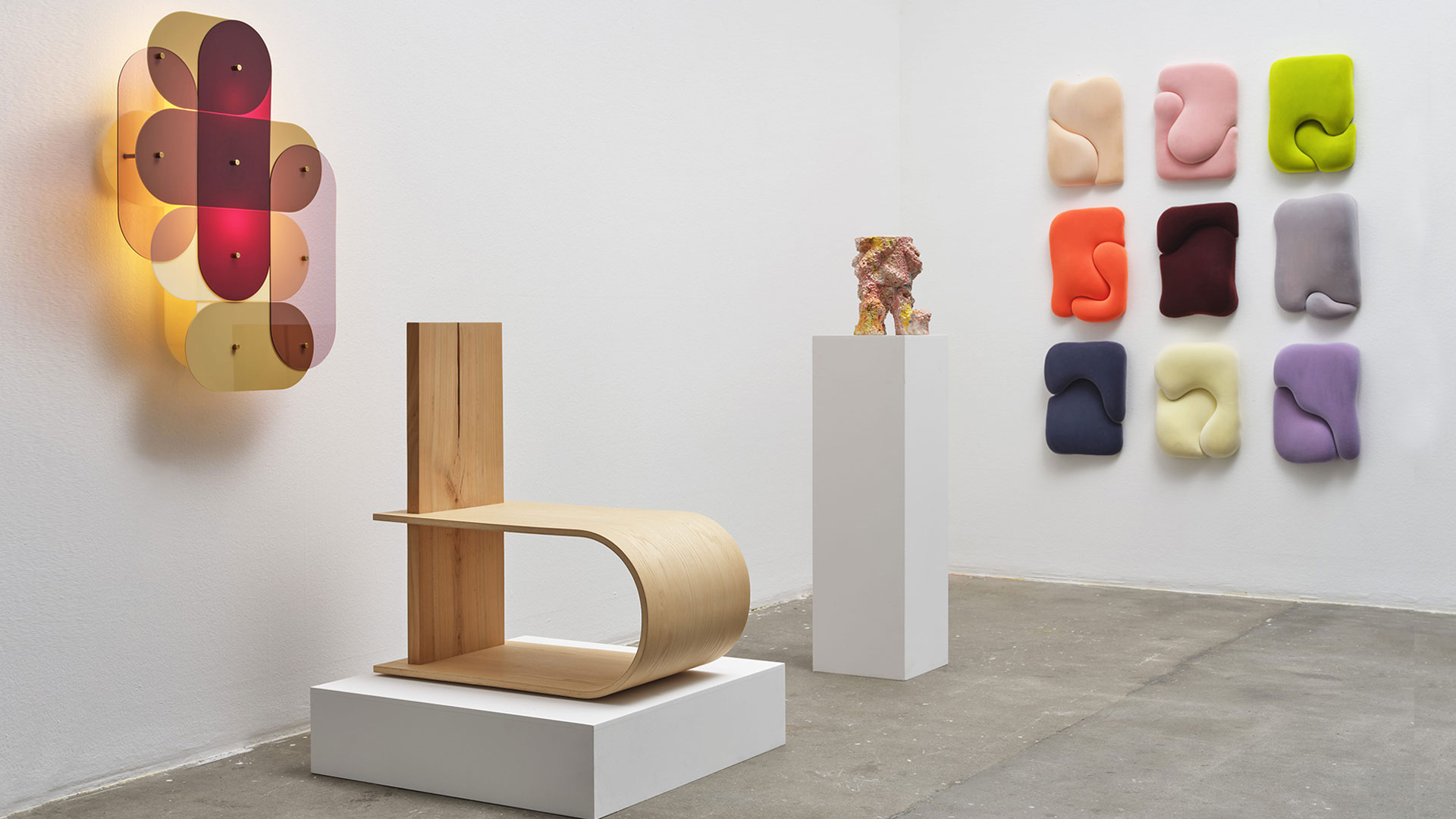
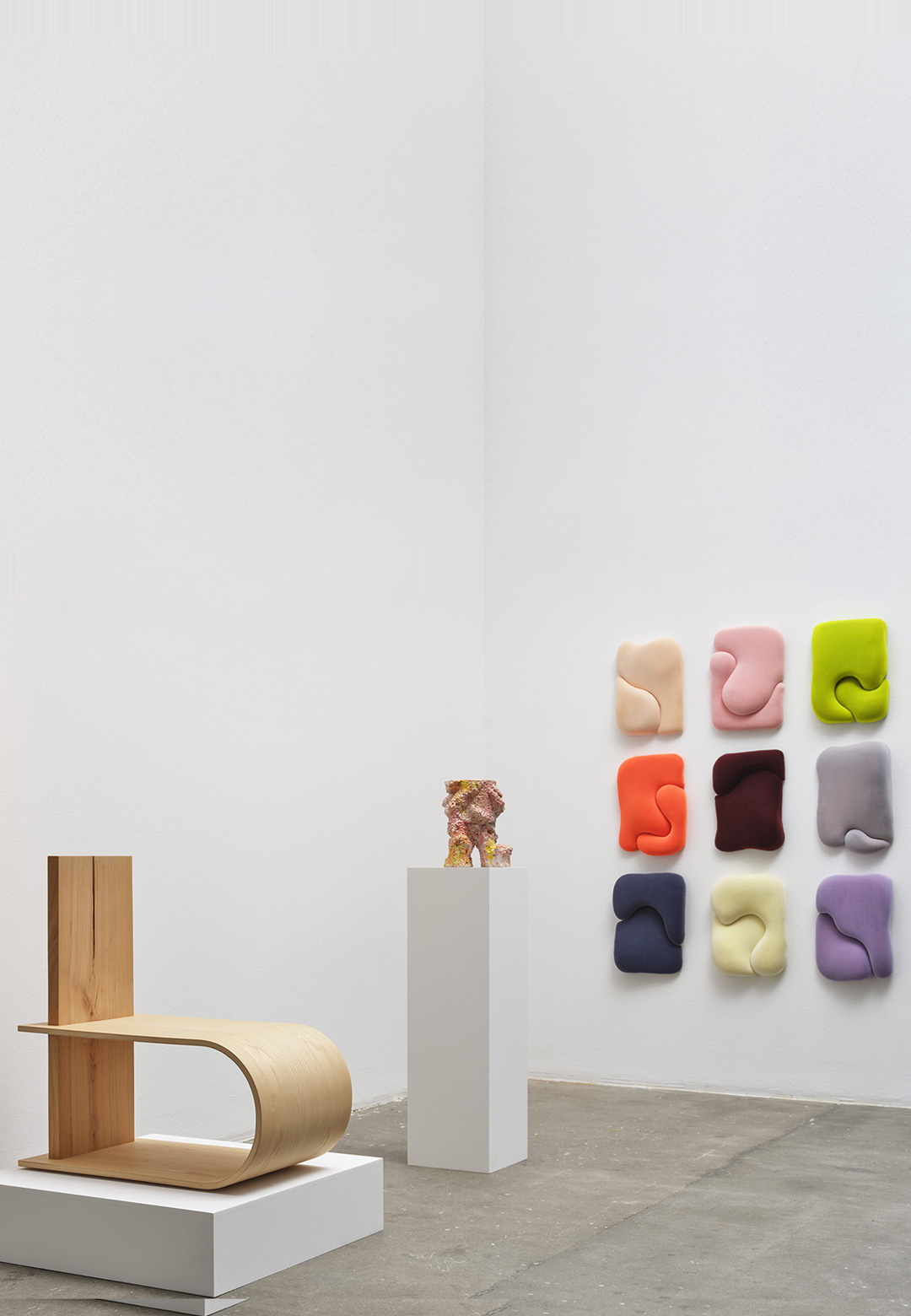
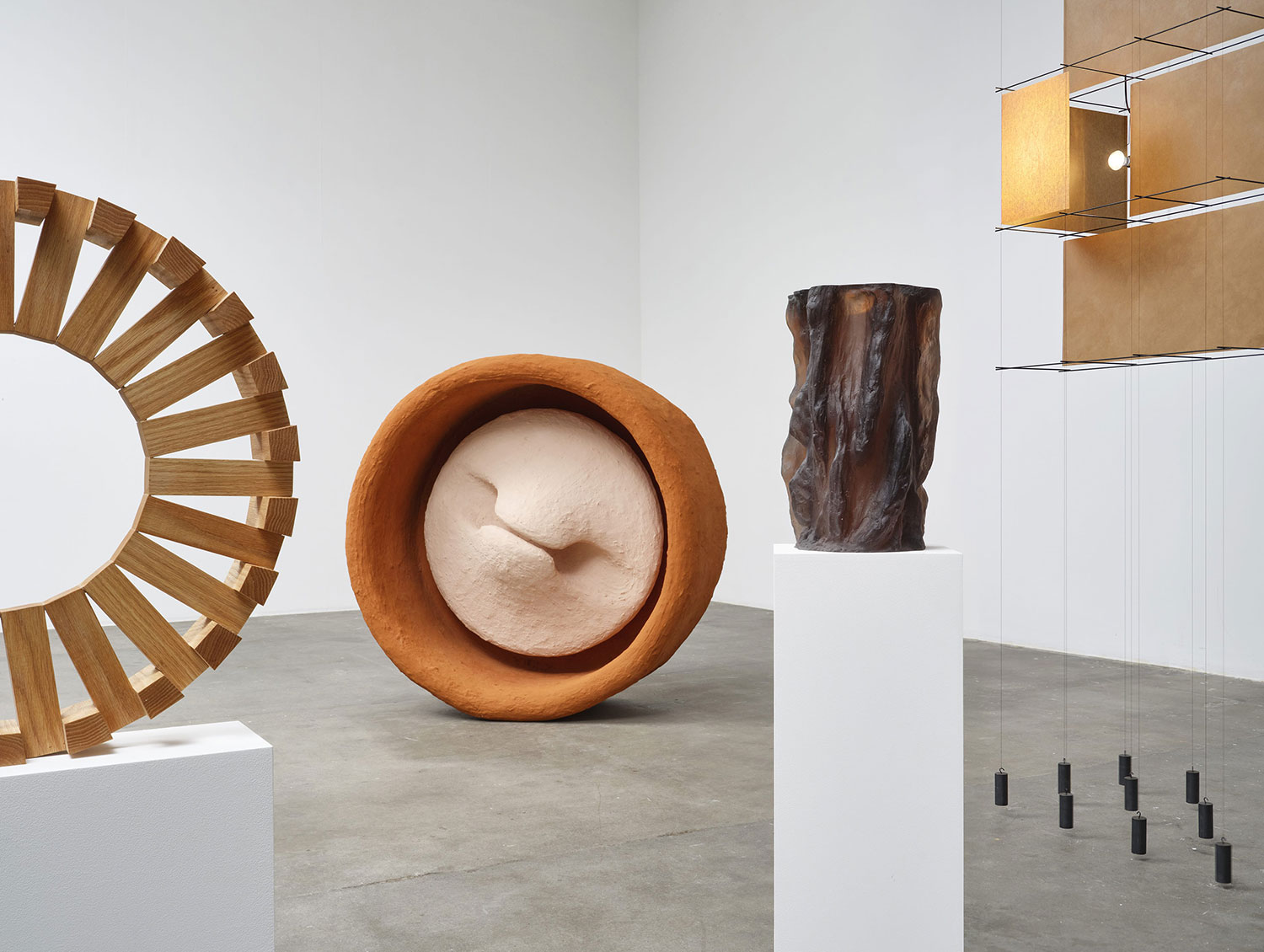
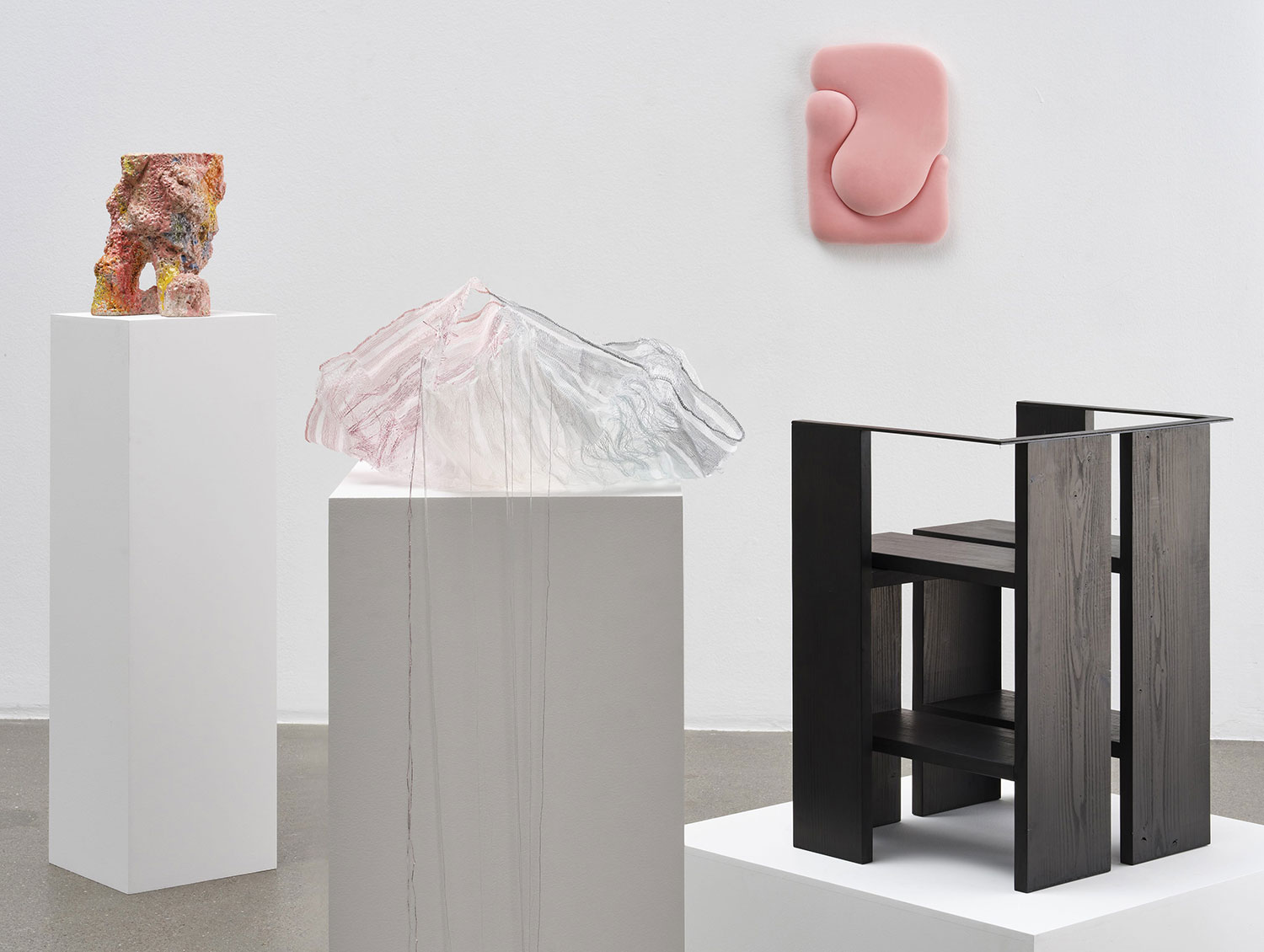
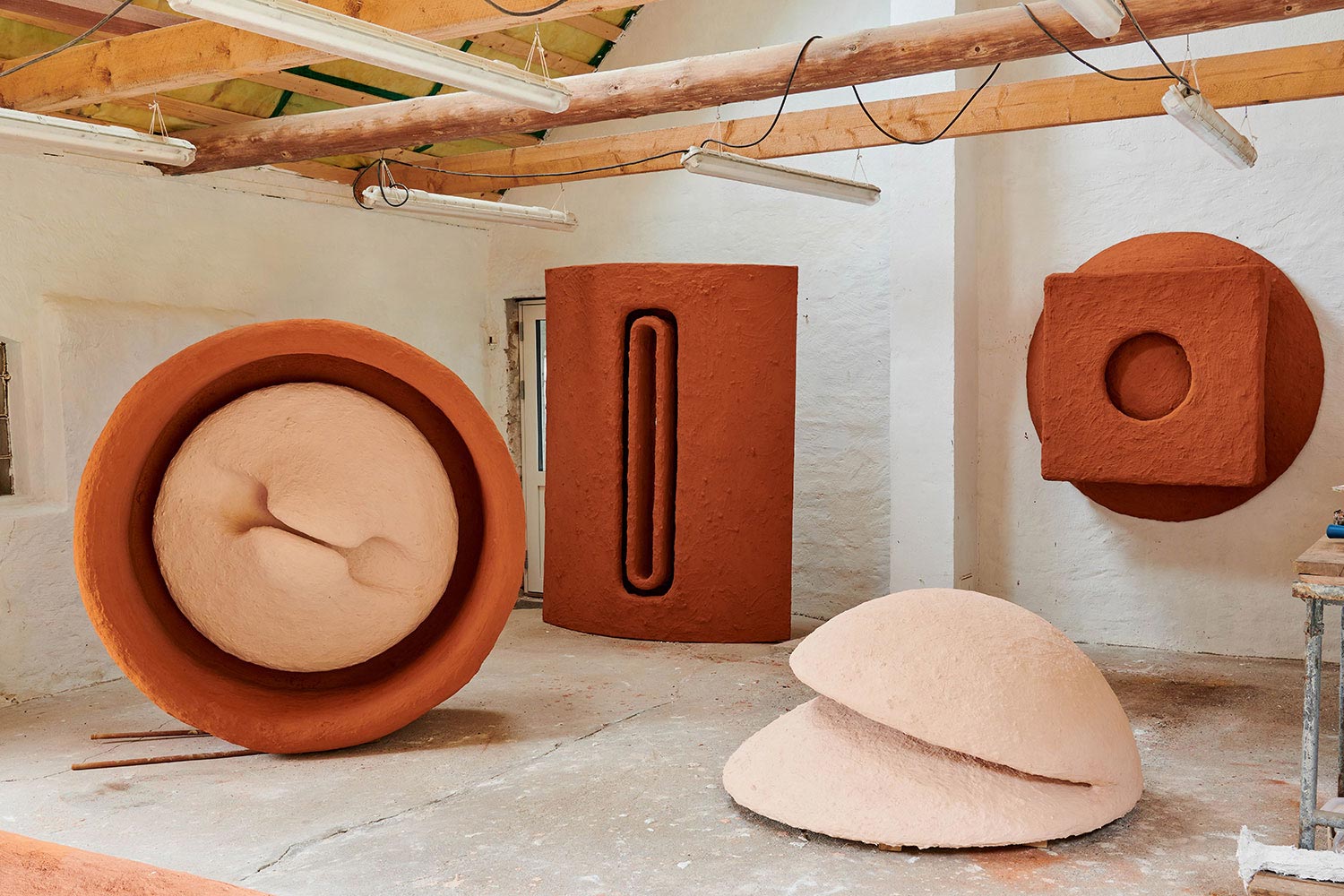
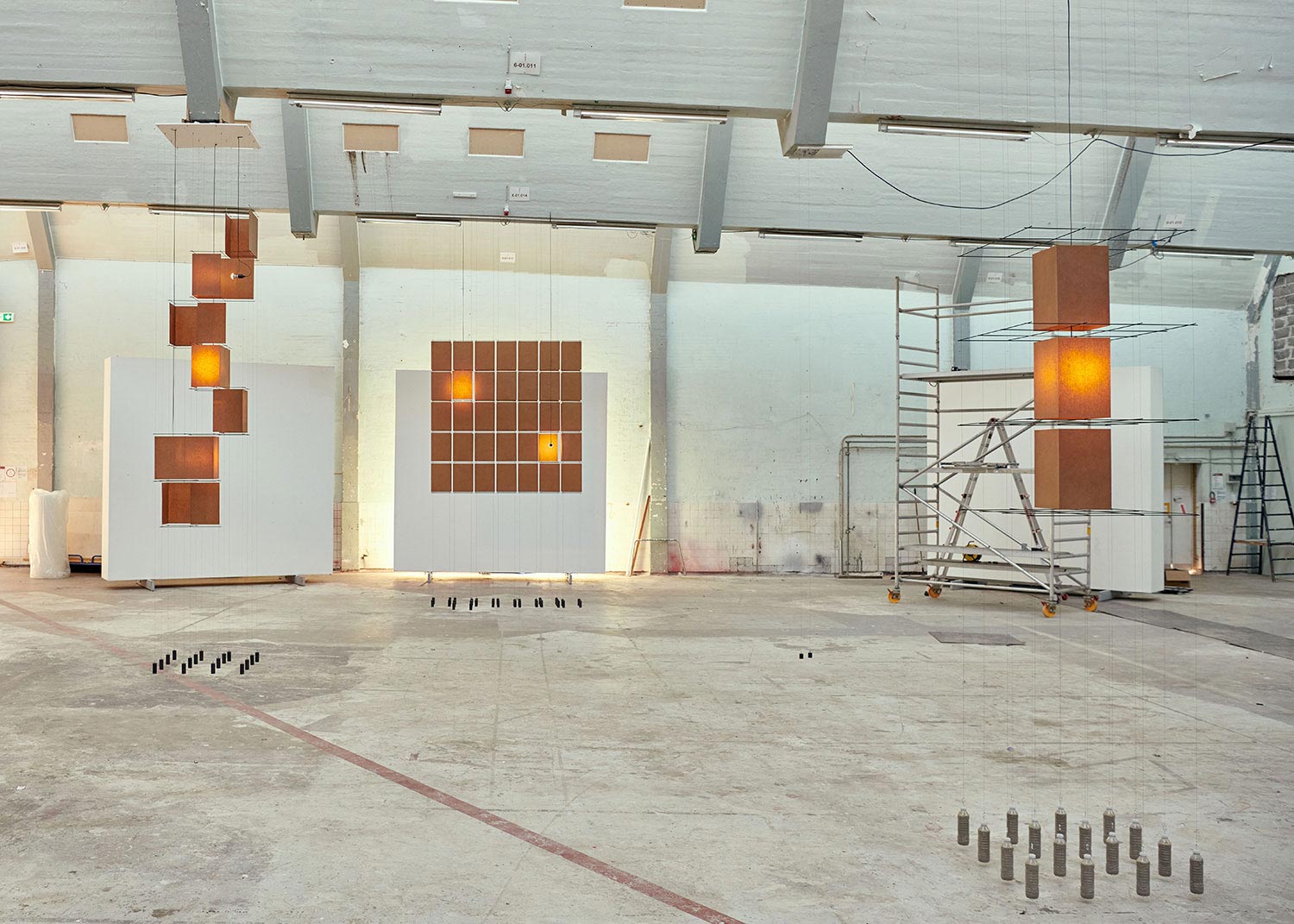
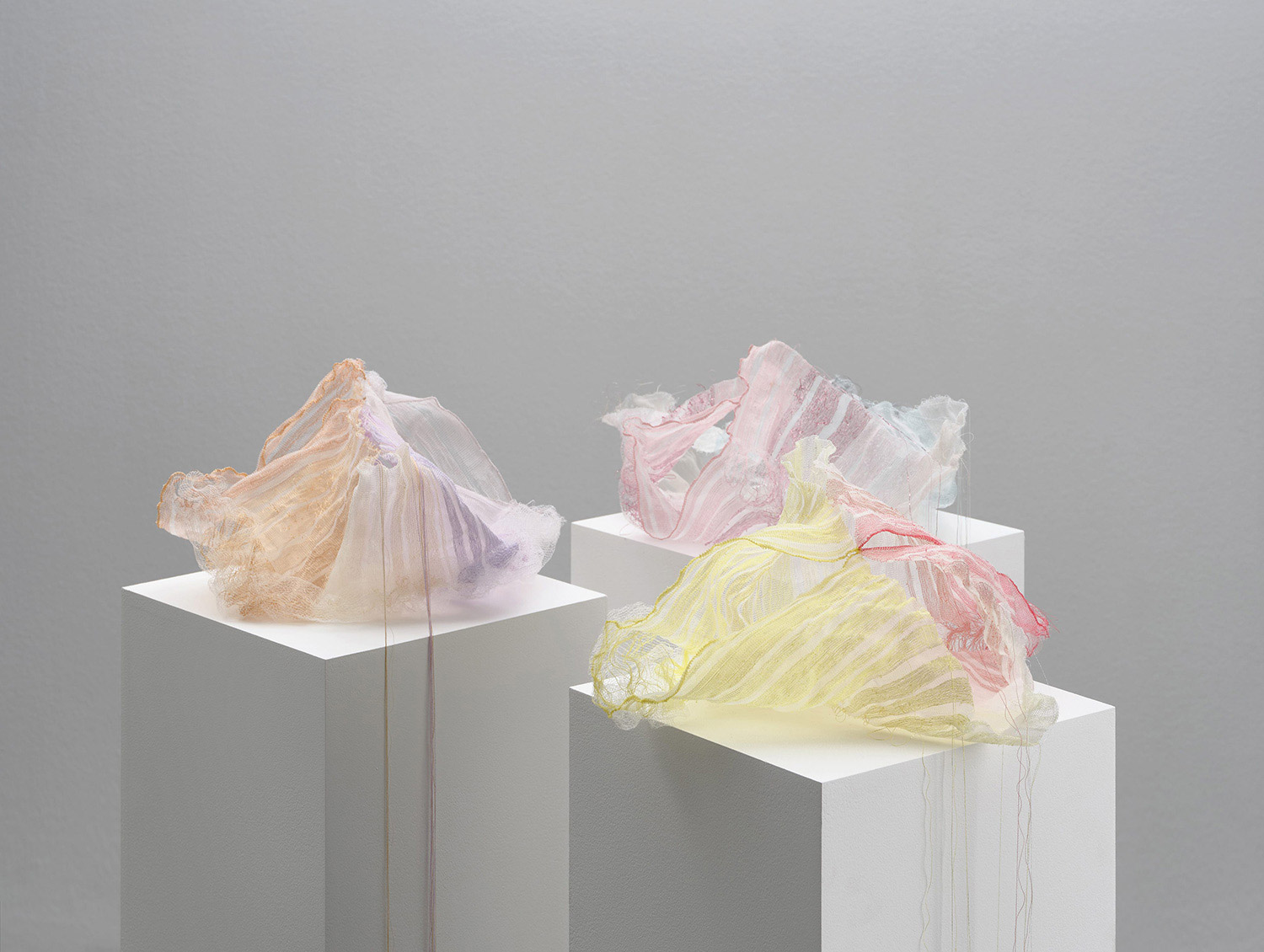
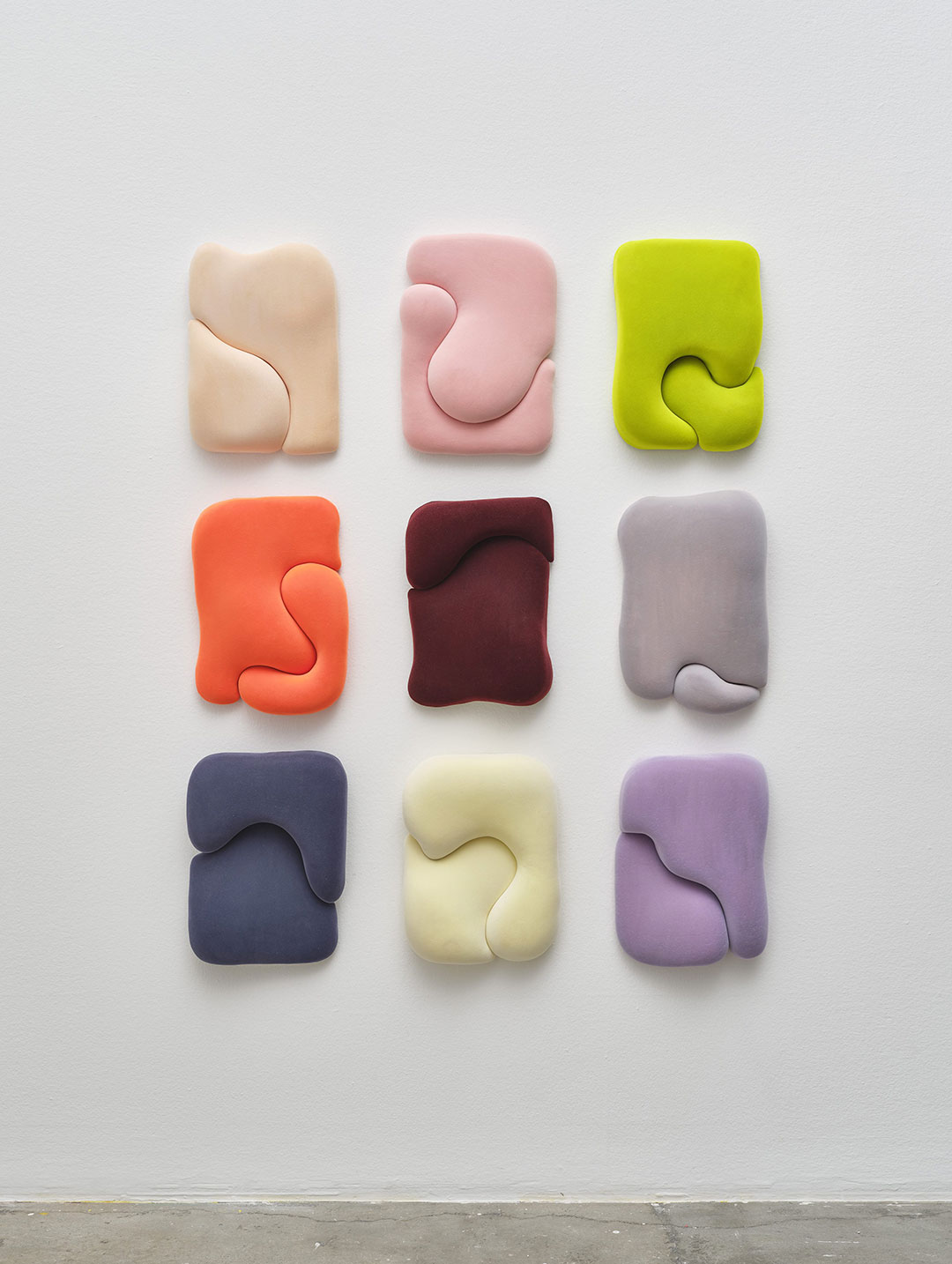
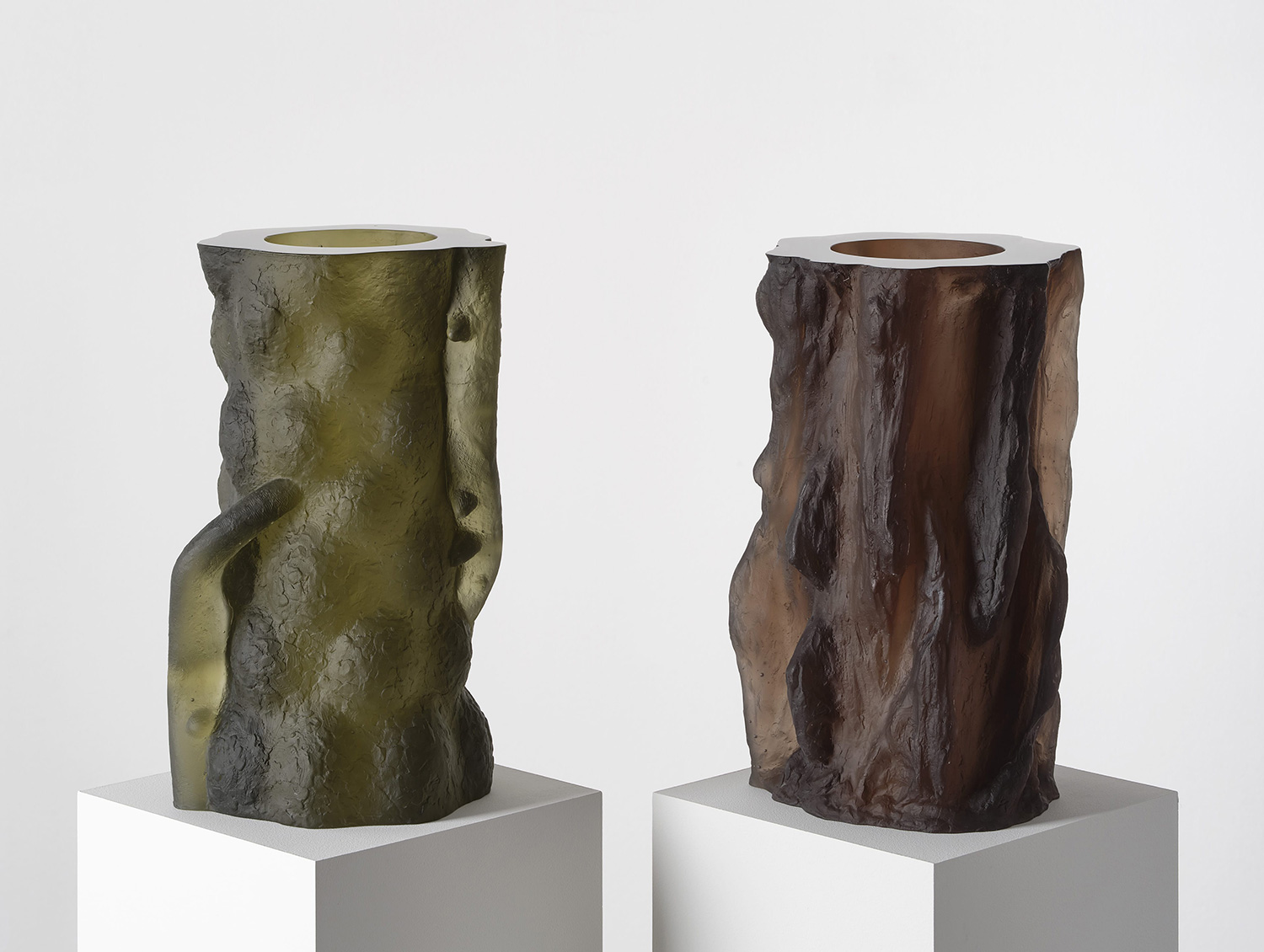
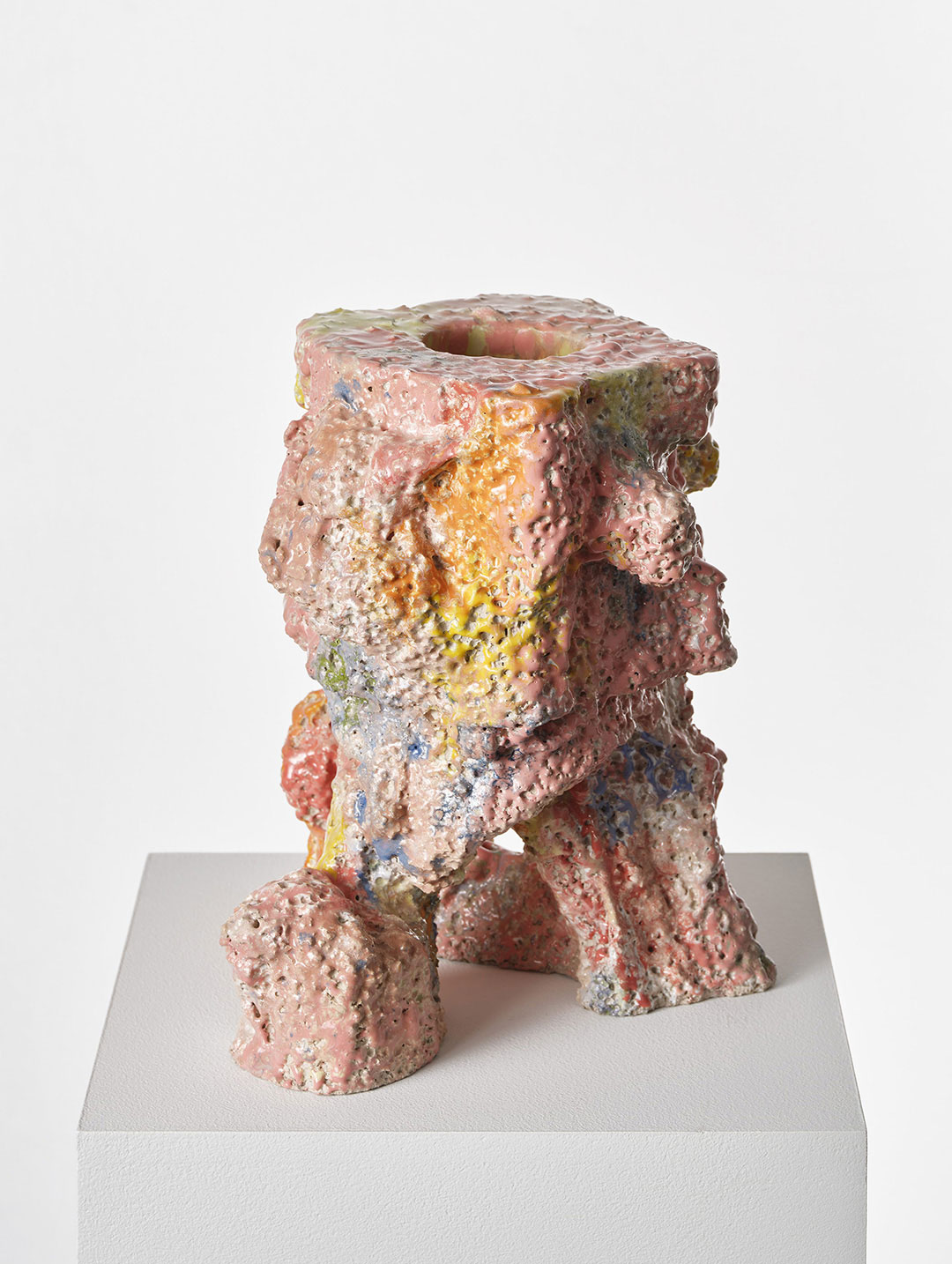
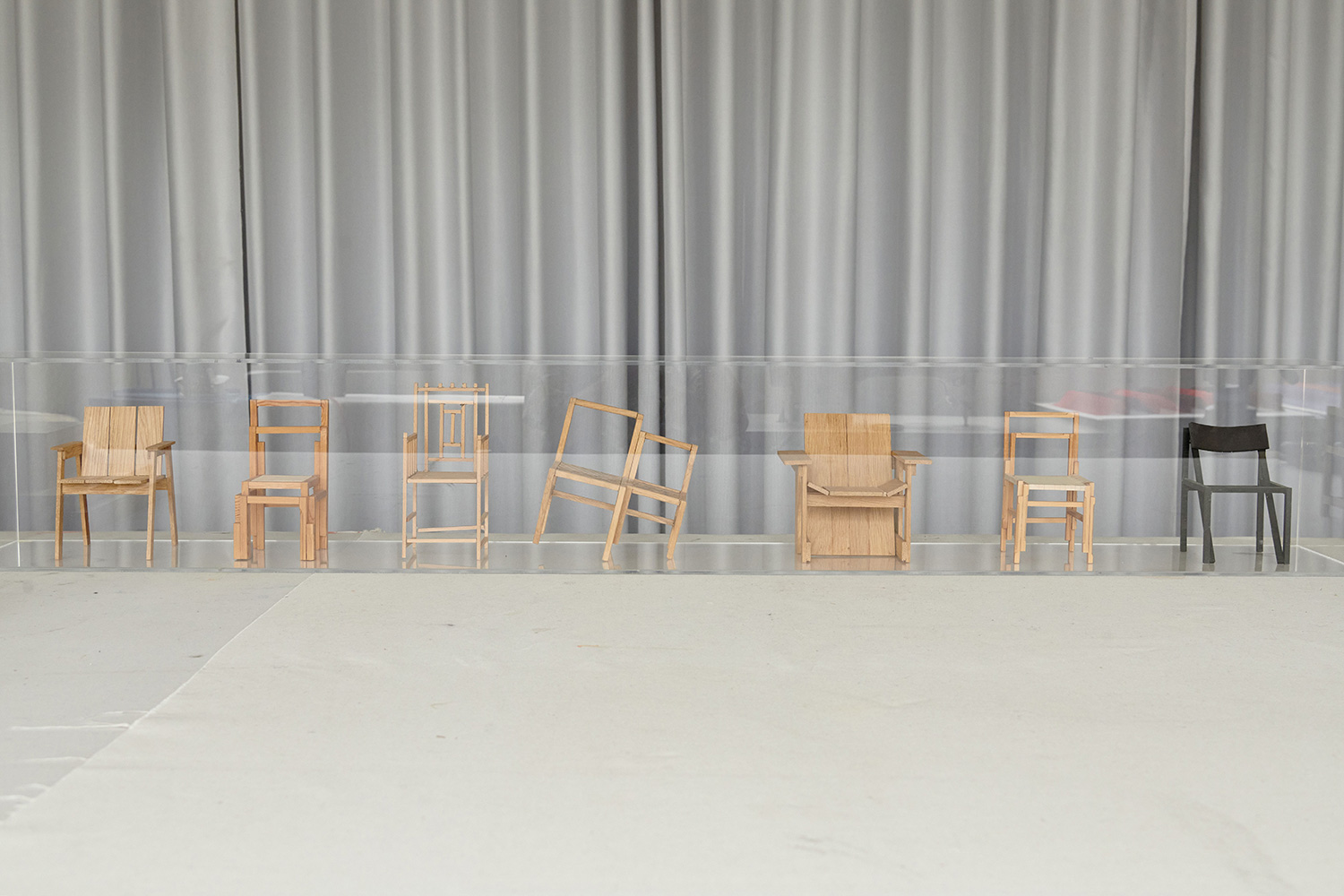
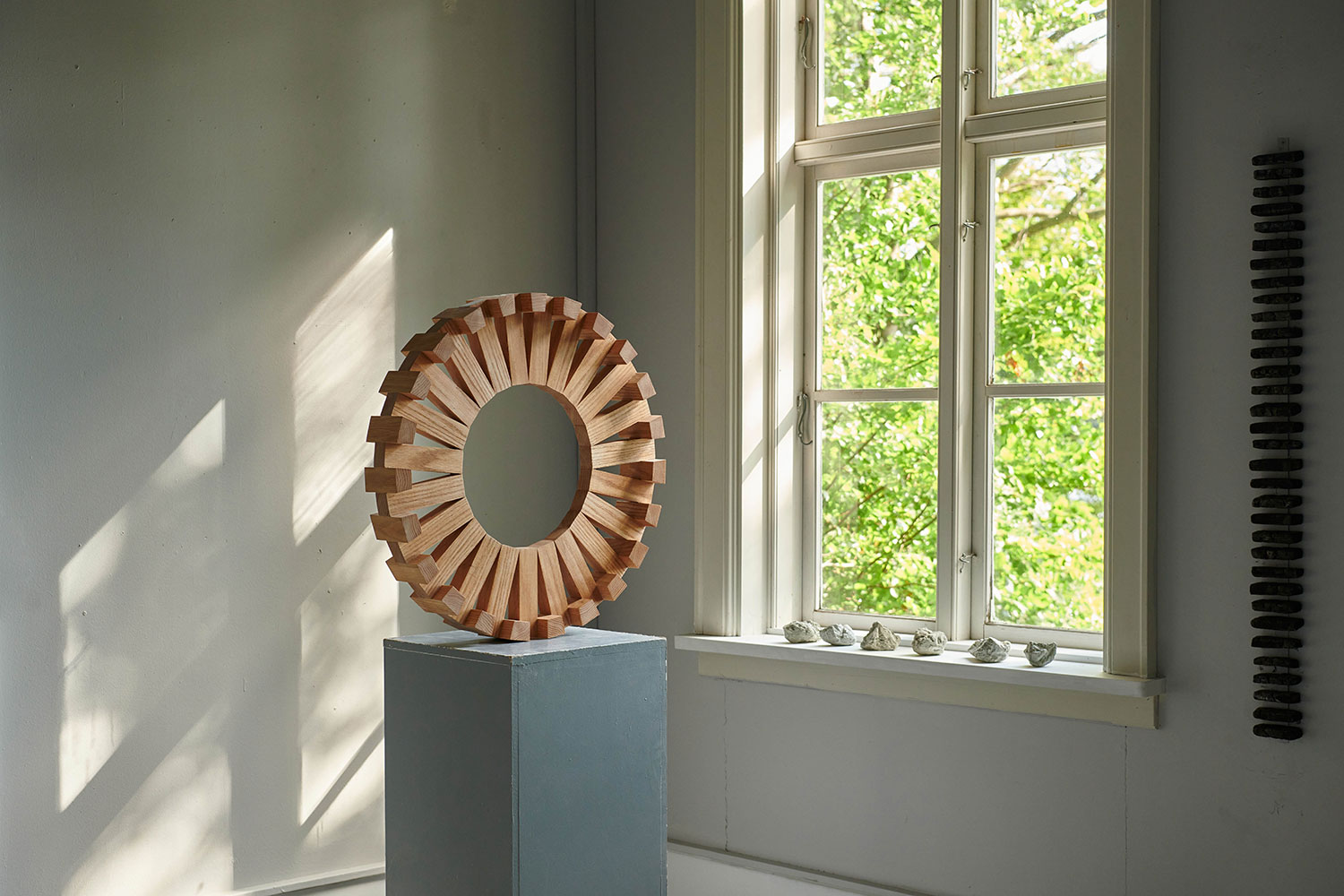
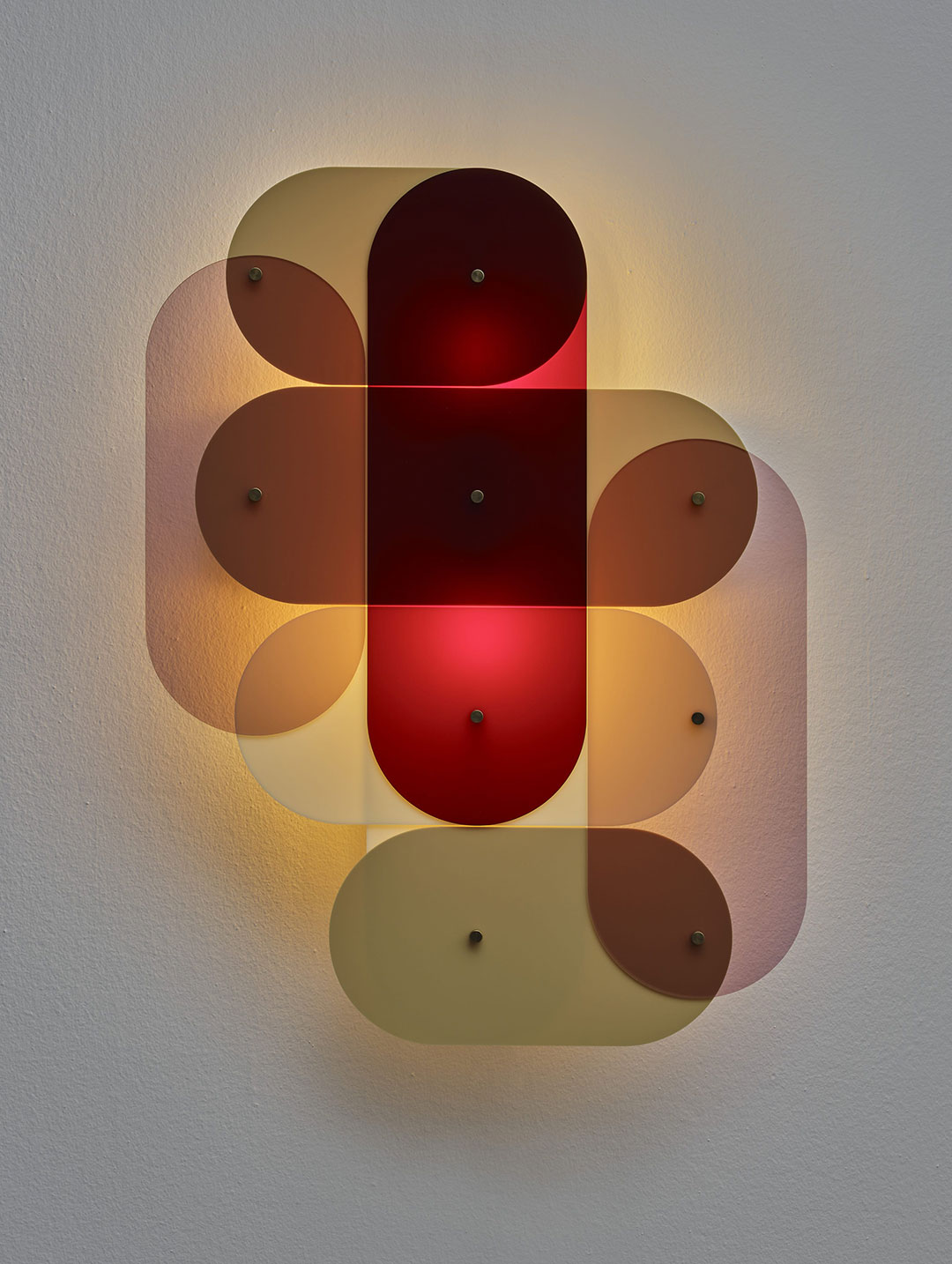




What do you think?